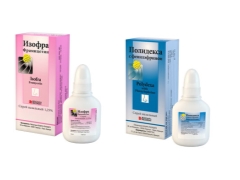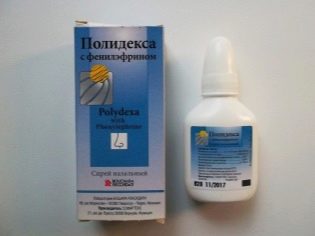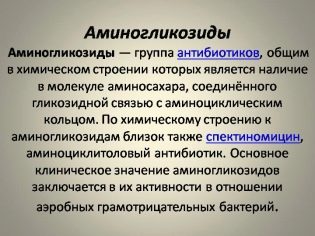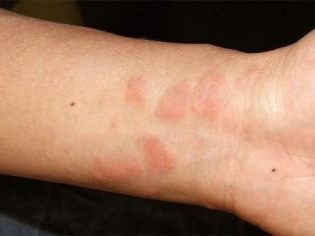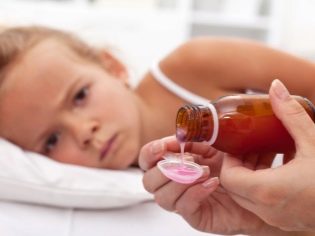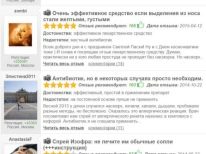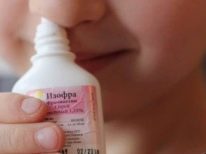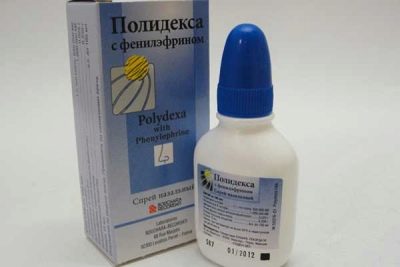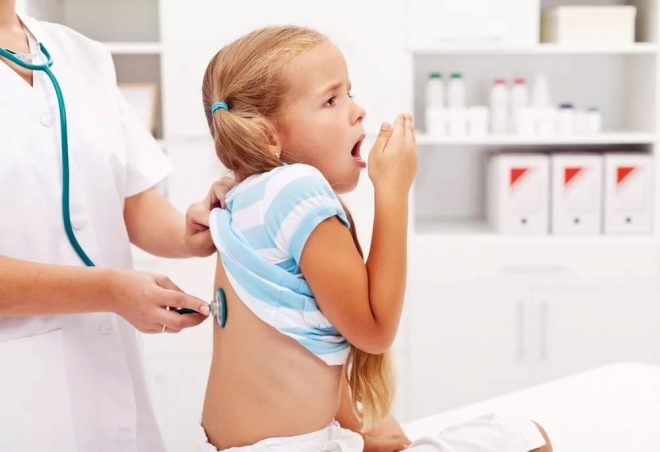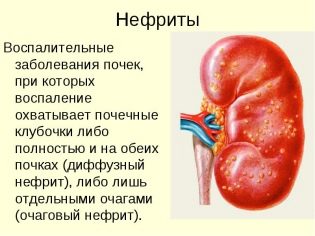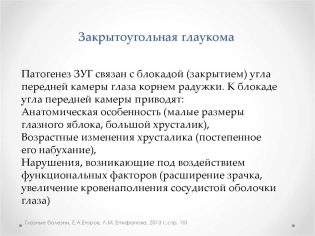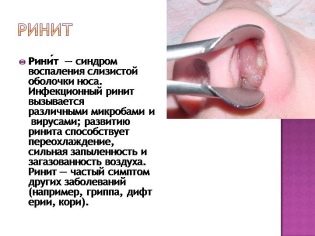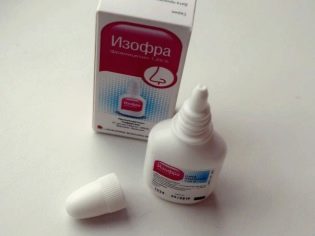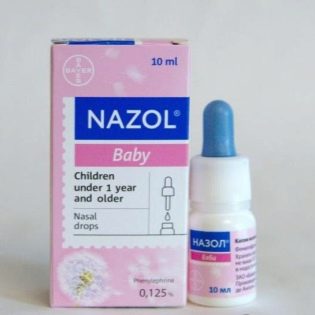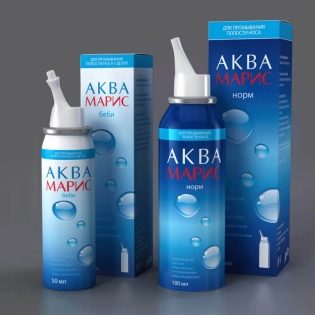What is better to choose for the child - Isofra or Polydex?
In the treatment of diseases of the nasopharynx, topical agents in the form of drops or sprays are very popular, the ingredients of which directly affect the affected areas of the upper respiratory tract. Among them, children are often prescribed Polydex with phenylephrine and Isofra.
In order to determine which medicine is best suited for a sick baby, it is worth understanding the difference between these medicines, when they are needed and how they are used in childhood.
What are the similar drugs?
The drugs are similar in the following:
- how Isofraso and Polydex with phenylephrine is a product from the same manufacturer - the French company Laboratoires Bouchara-Recordati. Medicines of this pharmaceutical factory are called quality, as they have long established themselves (the company is part of the European group Recordati, founded in 1926, and also produces such popular products as Hexasprey, Otofa, Hexalysis and Terzhinan).
- Both drugs are released in the form of a spray used intranasally. After pressing the nozzle, the solution evenly gets on the mucous membrane of the nasal passages and acts locally. Isofra and Polydex components are absorbed into the bloodstream in a meager amount that does not cause any harmful effects.
- Packaging of drugs is similar and is a plastic opaque bottle, equipped with a spray and a screw cap. Inside one bottle is 15 ml of solution.
- The composition of both drugs contains an antibiotic from the group of aminoglycosides. In Isofre, it is framycetin sulfate at a dose of 8000 U, and in Poldex it is neomycin sulfate at a dose of 6500 U. Such compounds make the spray effective against Escherichia coli, Shigella, Klebsiell and some other microbes. However, both drugs do not act on streptococci.
- Neither Isofra nor Polydex are advised to inject children with viral infection, since such drugs are used only for bacterial rhinitis, sinusitis or rhinopharyngitis.
- A possible side effect of both drugs is called an allergic reaction. If allergy symptoms occur after the first application or injection of several doses, use of the spray should be stopped, and the child should be examined by a doctor.
- Since and Isofraand Polydex affects only at the place of treatment, overdose of such drugs is not found. If a child accidentally swallowed a solution, it is recommended to wash his stomach and give some kind of sorbent.
- Both medications are sold in pharmacies by prescription, so before purchasing any of these sprays, you should show the kid to the doctor. As for the cost of drugs, it is about the same and amounts to about 300-350 rubles per bottle.
- Keep at home and Polydex in the spray, and Isofra is advised at a temperature not higher than +25 degrees. Both drugs have a shelf life of 3 years. If the marking is wiped out or the date marked on the packaging has passed, splashing into the nose of any of these products is unacceptable.
- Both drugs receive a lot of positive feedback from parents and doctors, as they have an effective effect on bacteria, practically do not cause side effects, are allowed in childhood and are quite convenient to use.
- Among the disadvantages of both Isophra and Polydex, many call high cost and high injection force.
Differences
Although Isofra and Polydexes have many similar characteristics, there are quite a few differences between them. First, their composition is significantly different.Compared to Isofra, which includes only one ingredient, Polydex It is a multi-component preparation and immediately contains 4 active compounds.
In this medicine there is not only an aminoglycoside antibiotic, but also an antibiotic from the group of cyclic polypeptides (polymyxin B), as well as an anti-inflammatory ingredient represented by glucocorticoid hormone dexamethasone.
Unlike ear drops, the spray Polydex There is one more active substance, which belongs to adrenomimetikami - phenylephrine. Due to its presence, the solution can cause narrowing of small vessels in the nose.
Secondly, the age limits for the use of these drugs are different. According to the manufacturer’s recommendation Isofra safe for children older than 1 year, but sometimes the doctor prescribes such a tool and babies. As for Polydex with phenylephrine, this medicine is not prescribed for children under two and a half years.
Thirdly, the contraindications for each of the sprays are different. If the reason for not prescribing Isofra is only an intolerance to the components of the solution or an allergy to other aminoglycosides, then Polydex spraying is additionally prohibited in case of kidney diseases and angle-closure glaucomaand if a child has high blood pressure or hyperthyroidism, the treatment is carried out with caution.
In the application of each of the drugs also has its own nuances. The table below shows all the important details:
Which medication is best for a child?
If a child has symptoms of purulent rhinitis or sinusitis, without a doubt, the baby should immediately be shown to the doctor. Go to the pharmacy, independently buy topical antibiotic, be it Polydex or Isofraand then it is impossible to pshikat it in the child’s nose. Such treatment may improve the condition of the baby, but it is not excluded that the drug will not work or, on the contrary, worsen the course of the infection.
In order not to be mistaken, which drug is suitable in each specific situation, It is better to entrust this choice to a qualified specialist. Both medicines are called effective and effective by doctors, but they emphasize the attention of parents that they should not be used without testimony.
According to the doctors, Isofra - a more targeted medication containing only one antibiotic, but Polydex in the nose is a stronger medicine, because it is a combined tool that affects both bacteria, and the inflammatory process, and allergic manifestations.
In practice, ENT specialists often begin treatment of bacterial rhinitis with Isofra, and if such a spray is ineffective or the disease is more serious, resort to Polydex.
In any case, it is up to the attending physician to decide which means to spray the baby with a cold or sinusitis. A competent doctor will determine the cause of the disease and take into account the presence of contraindications, as well as explain how to apply the spray correctly.
If, after 3-4 days from the start of treatment, no improvement is noted, the child should be shown repeatedly to the ENT or pediatrician to replace the medication. It is not possible to buy Polydex with Izofra's inefficiency.
In addition, with a weak therapeutic effect, the doctor may advise and analogues of such drugs, for example, other nasal sprays based on phenylephrine (Nazol Baby, Vibrocil), sea water preparations (Otrivin Sea, Morenazal, Aqua Maris, etc.) or hormonal drugs (Nasonex).
There are reasons for using these drugs, so children cannot enter them into the nasal passages without a doctor's prescription.
About what other drugs are better to use for children in the treatment of rhinitis, see the next video.
